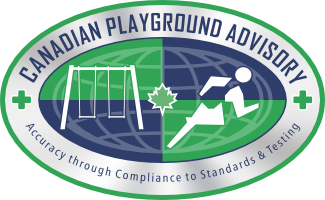Are Playground Studies Helpful?
Volume: 3 Issue: 1 June 2010
Playgrounds are complex environments and the children who use them are more complex. In combination the two often lead to play that is positive to the child’s growth and development, but sometimes the play activity can result in injury. Playground practitioners, designers, owners, manufacturers, and caregivers have always worked diligently to provide an age-appropriate and challenging play experience balanced with the need to prevent life-threatening or debilitating injuries.
Injury statistics related to playground activity have been collected and analyzed for more than 40 years. Some of the studies, initiated back in the 1970s focused on the cause of injury and found that a large number were related to poor equipment design, poor quality manufacturing, delinquent maintenance, absence of impact-attenuating surfacing and horseplay. As a result of this, many standards organizations began developing guidelines to address the first four causes of injuries, while the fifth cause horseplay remains at the discretion of children. The US Consumer Product Safety Commission, in cooperation with the National Parks and Recreation Association and the National Bureau of Standards, published the first Handbook for Public Playground Safety at the end of the 1970s. This document set 200 g’s as the threshold below which the impact attenuation performance for playground surfacing was established for the prevention of the serious head injury.
Injury statistics related to playground activity have been collected and analyzed for more than 40 years. Some of the studies, initiated back in the 1970s focused on the cause of injury and found that a large number were related to poor equipment design, poor quality manufacturing, delinquent maintenance, absence of impact-attenuating surfacing and horseplay. As a result of this, many standards organizations began developing guidelines to address the first four causes of injuries, while the fifth cause horseplay remains at the discretion of children. The US Consumer Product Safety Commission, in cooperation with the National Parks and Recreation Association and the National Bureau of Standards, published the first Handbook for Public Playground Safety at the end of the 1970s. This document set 200 g’s as the threshold below which the impact attenuation performance for playground surfacing was established for the prevention of the serious head injury.




